Snotpoodle
Well-Known Member
Hi Wayne,
To let you know, I brewed your recipe down here in South Africa this weekend, used the Zest of 6 small oranges, not the dried variety, using Hallertauer hops.
After cooling to pitch the yeast, the little sample that i tasted was absolutely heavenly, a very nice orange and malt taste, even the colour looked fantastic.
Excellent brew, this bad boy will be bottled in a few weeks, and probably enjoyed quite quickly.
Thanks for a great recipe.
EDIT: Would you suggest racking to secondary, and for how long? Some Belgian Beer books talk about not even filtering the yeast out at all...what would you recommend?
To let you know, I brewed your recipe down here in South Africa this weekend, used the Zest of 6 small oranges, not the dried variety, using Hallertauer hops.
After cooling to pitch the yeast, the little sample that i tasted was absolutely heavenly, a very nice orange and malt taste, even the colour looked fantastic.
Excellent brew, this bad boy will be bottled in a few weeks, and probably enjoyed quite quickly.
Thanks for a great recipe.
EDIT: Would you suggest racking to secondary, and for how long? Some Belgian Beer books talk about not even filtering the yeast out at all...what would you recommend?


























































![Craft A Brew - Safale S-04 Dry Yeast - Fermentis - English Ale Dry Yeast - For English and American Ales and Hard Apple Ciders - Ingredients for Home Brewing - Beer Making Supplies - [1 Pack]](https://m.media-amazon.com/images/I/41fVGNh6JfL._SL500_.jpg)
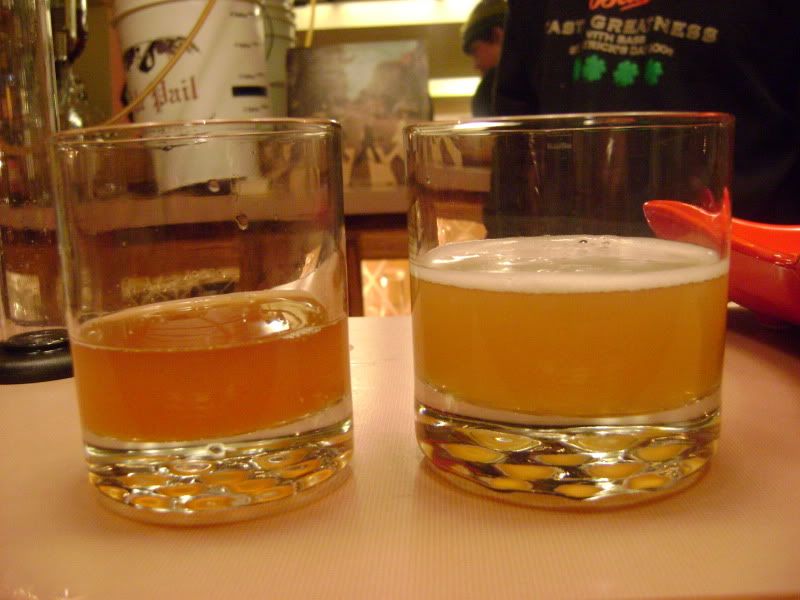
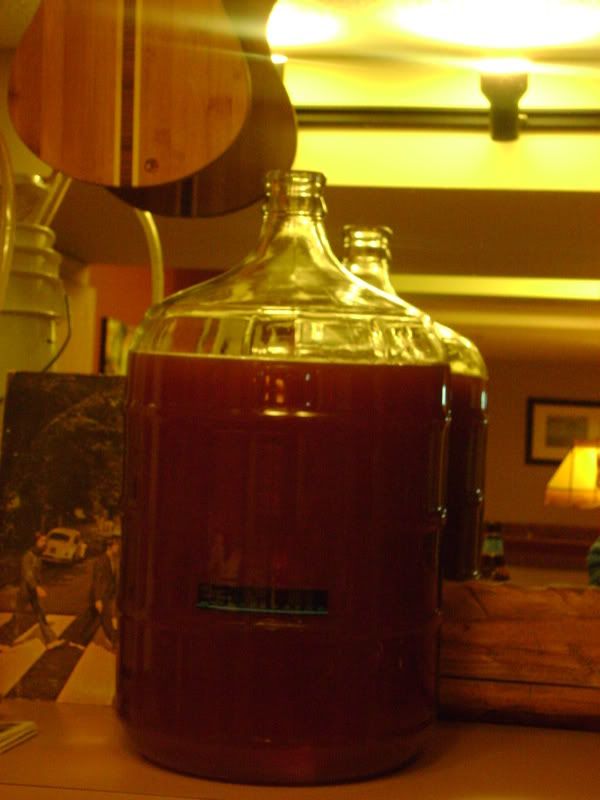
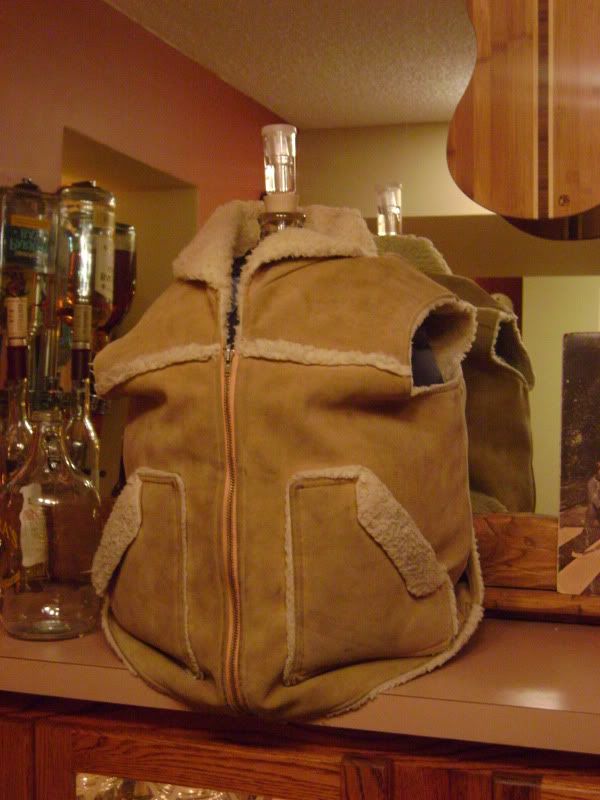
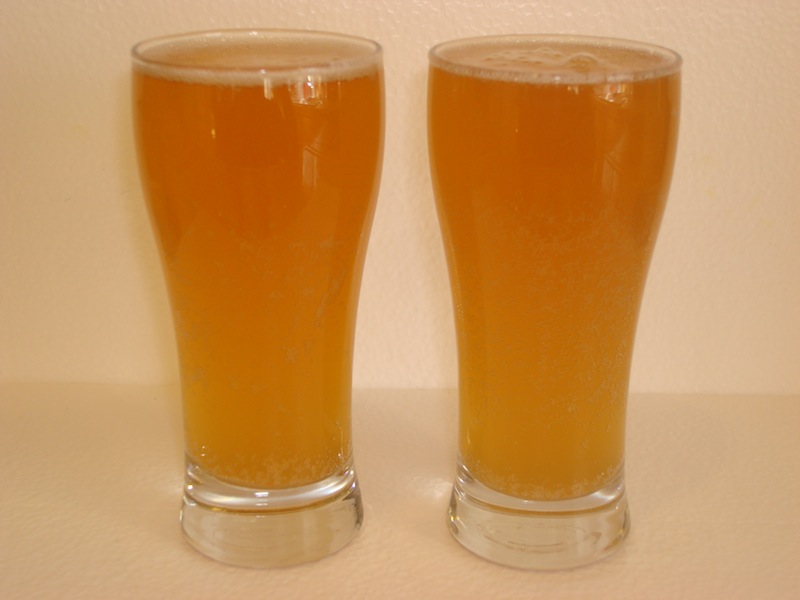
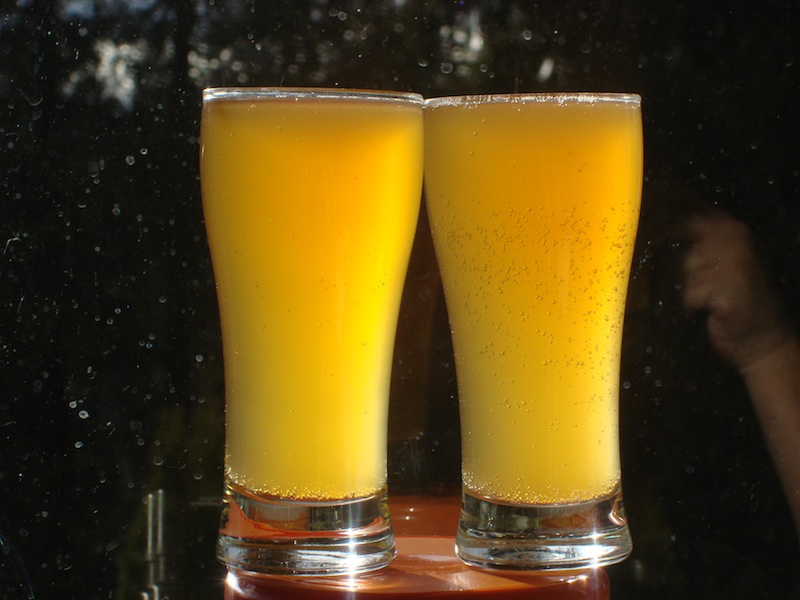
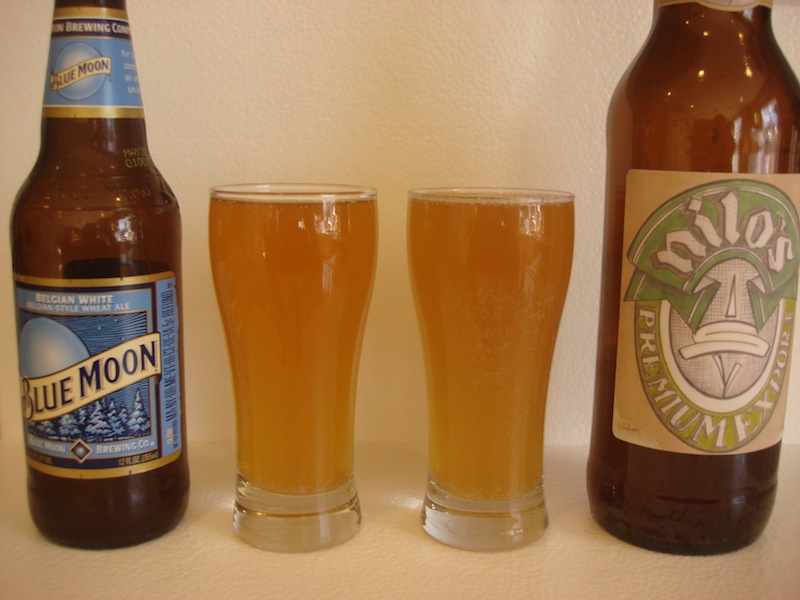
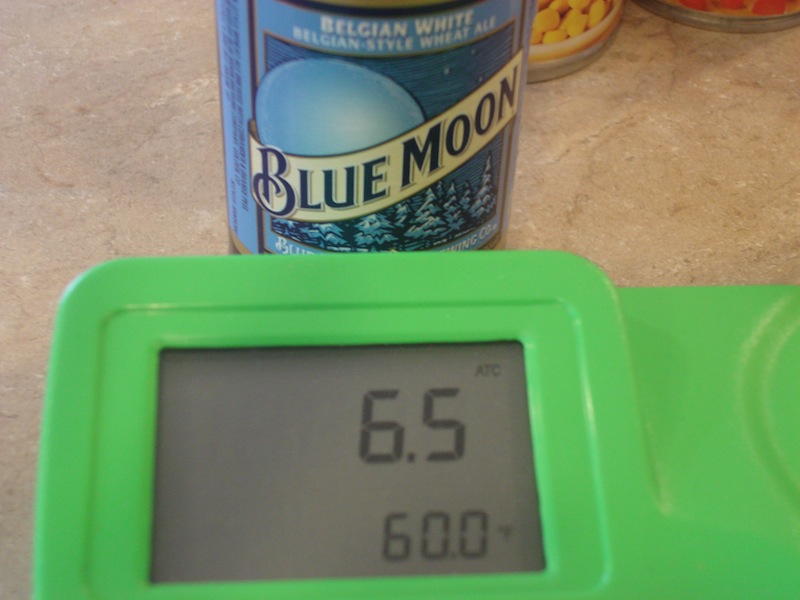
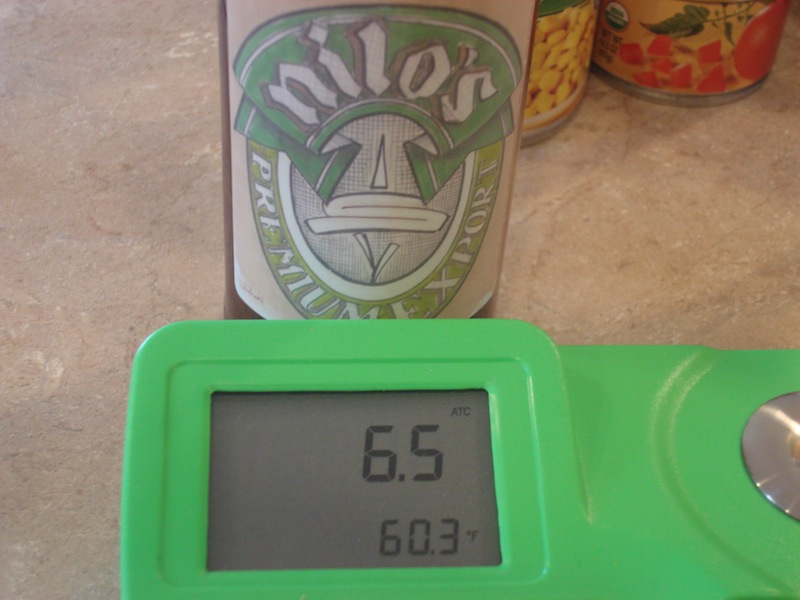

 , I may have had too much of my homebrew at this point
, I may have had too much of my homebrew at this point